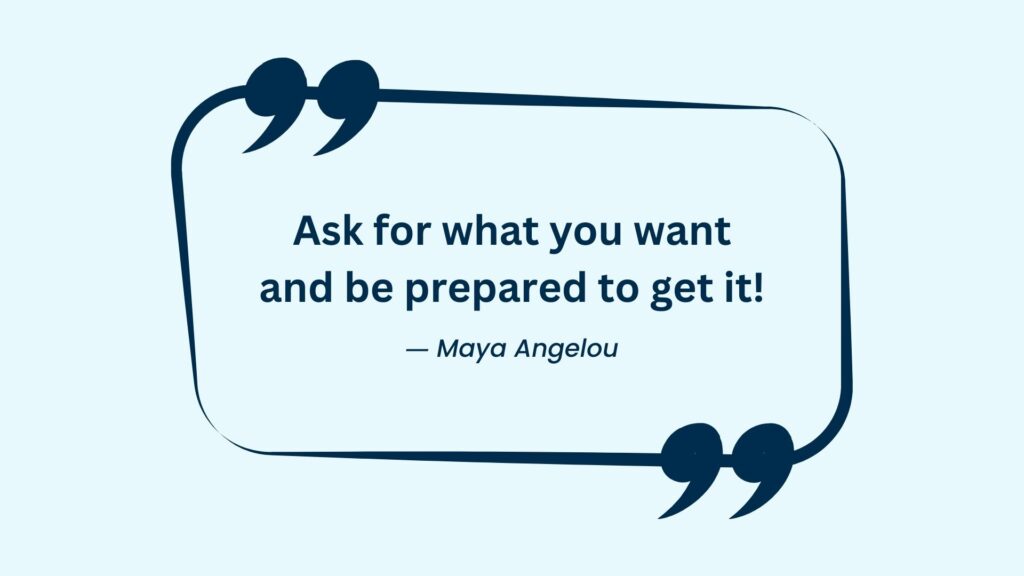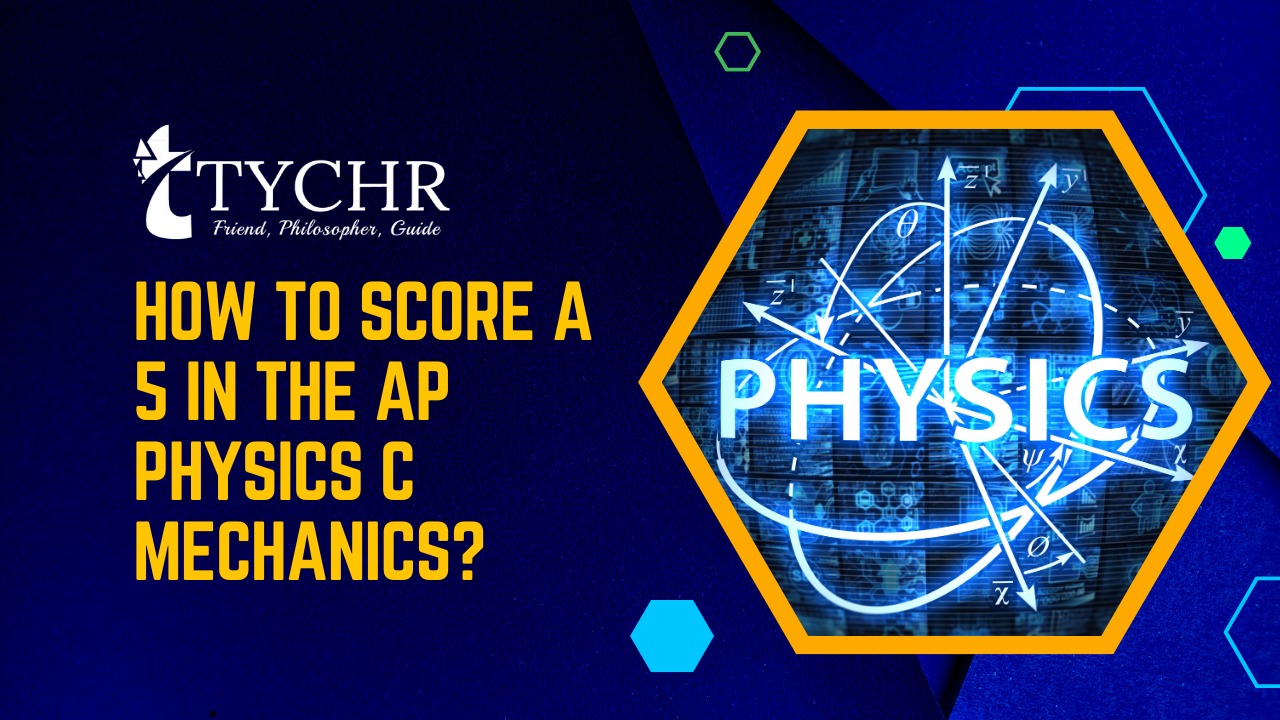Table of Contents
AP Physics C Mechanics is an advanced course in physics that is designed for high school students who have already completed a course in physics and calculus. The course covers advanced topics in classical mechanics, such as kinematics, dynamics, work, energy, and power, as well as circular motion, rotation, oscillations, and gravitation.
The course is typically taken by high school juniors or seniors who have a strong interest in science or engineering. It is designed to prepare students for the exam, which is administered by the College Board and is typically taken in May of each year.
In this comprehensive guide, we will cover everything you need to know about how to score a 5 on your Physics C Mechanics exam.
Develop Strong Problem-Solving Skills
In addition to understanding the concepts, developing strong problem-solving skills is crucial for success on the AP Physics C Mechanics exam. The exam assesses your ability to apply physics principles to real-world situations and solve complex problems using mathematical reasoning.
To enhance your problem-solving skills, consider the following strategies:
- Understand the problem: Read the problem carefully and identify the knowns, unknowns, and the relationships between them. Break down the problem into manageable parts and identify any relevant principles or formulas.
- Draw diagrams and free-body diagrams: Visual representations can help you better understand the problem and identify the forces at play. Draw clear and accurate diagrams to aid in your analysis.
- Show your step-by-step approach: Clearly communicate your problem-solving process, including your assumptions, equations used, and any relevant calculations. This demonstrates your understanding and allows for partial credit even if the final answer is incorrect.
- Check your units and significant figures: Pay attention to units and ensure they are consistent throughout your calculations. Additionally, round your final answer to the appropriate number of significant figures.
- Practice regularly: Solve a variety of practice problems, including those from past AP exams. This will help you become familiar with different types of problems and build confidence in your problem-solving abilities.
Make sure your foundation is strong
To score a 5 on the AP Physics C Mechanics exam, you need to make your foundation as strong as possible. An essential tip for Physics especially is to lay out your groundwork the best. The only key to success in the AP Physics C Mechanics exam is the basic underlying concepts of everything else that may seem complicated. Understanding the foundation topics are essential to move forward with the syllabus.
- Newton’s laws of motion form the foundation of mechanics, so it is essential to understand their applications in various scenarios. Familiarize yourself with concepts like inertia, force, acceleration, and the relationship between force and motion.
- Projectile motion involves understanding the motion of objects launched into the air, accounting for both horizontal and vertical components. Learn how to break down these complex motions into simpler components and apply the equations of motion to analyze them.
- Circular motion introduces concepts such as centripetal force, centripetal acceleration, and angular velocity. Gain a deep understanding of these principles and their relationship to objects moving in circular paths.
- Work and energy deal with the transfer and transformation of energy in mechanical systems. Learn about the work-energy theorem, conservation of mechanical energy, and power calculations.
- Linear momentum involves studying the motion of objects and understanding how forces affect their velocities. Master concepts such as impulse, conservation of linear momentum, and collision types.
- Rotational motion explores the rotation of objects around an axis. Key topics include torque, rotational kinematics, and moment of inertia calculations.
By mastering these fundamental concepts, you will build a strong foundation for solving complex problems and earning a high score on the AP Physics C Mechanics exam.
Practice with Released Exams
One of the most effective ways to prepare for the AP Physics C Mechanics exam is to practice with released exams from previous years. The College Board released multiple-choice questions, free-response questions, and scoring guidelines for each exam. Utilize these valuable resources to familiarize yourself with the format, content, and level of difficulty you can expect on the actual exam.
By working through these authentic exam materials, you will gain exposure to a wide range of problem types and develop a better understanding of the specific skills and knowledge required for success. Analyze your performance, identify areas for improvement, and use these insights to guide your study plan.
Seek Additional Resources and Support
While self-study and practice are essential components of exam preparation, seeking additional resources and support can further enhance your understanding and performance in AP Physics C Mechanics. Consider the following options:
- Textbooks and study guides: Utilize reputable textbooks and study guides specifically designed for AP Physics C Mechanics. These resources provide comprehensive content coverage, practice questions, and detailed explanations to reinforce your understanding.
-
- “AP Physics C Prep 2023” by The Princeton Review
- “AP Physics C” by Barron’s
- “AP Physics C: 5 Steps to a 5 2023” by Greg Jacobs
- Online resources and videos: Explore online platforms, websites, and educational videos that offer supplemental materials, interactive simulations, and in-depth explanations of key concepts. These resources can provide alternative perspectives and further clarify challenging topics.
-
- Khan Academy: AP Physics C Mechanics
- The Physics Classroom: AP Physics C
- Flipping Physics YouTube channel: AP Physics C Mechanics playlist
- Peer collaboration and study groups: Engage with fellow students who are also preparing for the AP Physics C Mechanics exam. Collaborate in study groups, discuss concepts and problem-solving strategies, and share resources and tips. Peer support can foster a deeper understanding of the material and provide a supportive learning environment.
-
- Discord server: AP Physics C Mechanics Study Group
- Reddit community: r/APStudents
- Study group meetup: AP Physics C Mechanics Study Circle
- Consult your teacher or instructor: If you have questions or need clarification on specific topics, don’t hesitate to reach out to your teacher or instructor. They can provide valuable guidance, additional resources, and personalized assistance to help you succeed in the exam.

Specific tips to get a 5 on your exam:
- Past papers: Practice Free-Response Questions because the free-response section of the exam is crucial. Practice solving a variety of free-response questions from past exams or released practice materials. Pay attention to the scoring guidelines and practice effectively communicating your solutions clearly and concisely. Here are some basic pointers:
-
-
- Familiarize Yourself with the Format: Understand the different types of questions that can be asked, such as conceptual questions, mathematical derivations, and experimental analysis.
- Access Past Exams and Released Practice Materials: These resources contain authentic questions that closely resemble what you might encounter on the actual exam.
- Study the Scoring Guidelines: Understanding how points are awarded will help you structure your answers and address all the required components to maximize your score.
- Time Yourself: Practice completing the questions within the allocated time to build speed and accuracy.
-
- Work with Vector Calculus: Develop a solid understanding of vector operations such as addition, subtraction, and scalar multiplication. Practice applying these operations to quantities like displacement, velocity, acceleration, and forces. Master vector components and vector decomposition techniques. Be able to break down vectors into their x, y, and z components and vice versa. Understand dot products and cross products and their applications in mechanics. Learn how to use these operations to calculate work, determine angles between vectors, and solve problems involving torque and rotational motion.
- Practice with Calculus-Based Problem-Solving: Familiarize yourself with calculus concepts such as derivatives and integrals. Understand how these concepts relate to velocity, acceleration, displacement, and other motion-related quantities. Use derivatives to analyze rates of change, determine slopes of curves, and identify maximum and minimum values. Apply integrals to solve problems involving areas under curves, finding displacements, and calculating work done by non-constant forces. Practice solving differential equations that describe motion and forces. Understand how to set up and solve differential equations related to simple harmonic motion, resistive forces, and other scenarios.
- Understand the Lab Component: Familiarize yourself with common laboratory experiments and concepts covered in AP Physics C Mechanics. Understand the purpose of the experiment, the underlying physics principles, and the methods used for data collection. Practice analyzing experimental data, including graphical analysis, error analysis, and statistical calculations. Be familiar with concepts such as uncertainties, significant figures, and sources of error. Understand the importance of experimental design, including controlling variables, making accurate measurements, and identifying sources of systematic and random errors. Review data analysis techniques, including curve fitting, linearization, and extrapolation. Practice interpreting experimental results and drawing conclusions based on the data collected.
By leveraging these additional resources and seeking support when needed, you can strengthen your knowledge, address any gaps in understanding, and approach the AP Physics C Mechanics exam with confidence.
Conclusion
Achieving a 5 on the AP Physics C Mechanics exam requires consistent effort and effective preparation strategies. By understanding the core concepts, practicing regularly, and utilizing the right resources, you can maximize your chances of success. Recap the key strategies discussed throughout the blog, such as consistent review and practice, following a study schedule, periodic self-assessment, maintaining confidence, and managing test anxiety. Express confidence to excel on the AP Physics C Mechanics exam through your diligent preparation. Remind yourself that with focused effort and a positive mindset, you are well-equipped to achieve their desired score. Wish you the best of luck on their exam journey.








